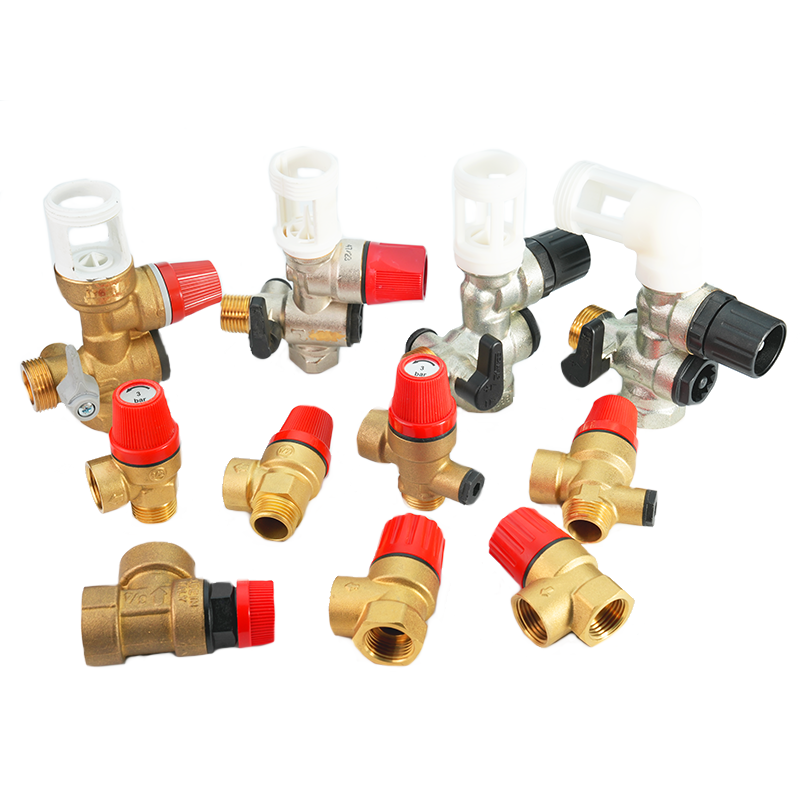Struggling to control fluid flow in your hydraulic system? Misaligned valves can lead to pressure spikes, equipment damage, or even system failure, costing thousands in repairs. The solution lies in understanding hydraulic valves and their functions. This article dives deep into how hydraulic valves work, helping you choose the right ones to keep your operations smooth and efficient. Read on to learn more!
The basic function of a hydraulic valve is to control the flow, pressure, and direction of fluid in a hydraulic system. By regulating these elements, hydraulic valves ensure machinery operates efficiently, safely, and with precise control, preventing damage and optimizing performance.
Curious about the specifics? Let’s break down the types and roles of hydraulic valves to give you a clear picture of their importance in your system.

What Are the Two Basic Types of Hydraulic Valves?
Hydraulic valves come in various forms, but they boil down to two main types: directional control valves and pressure control valves. Each plays a unique role in managing your hydraulic system’s performance.
Directional control valves are like traffic cops for hydraulic fluid. They decide where the fluid goes, directing it to specific parts of the system, like actuators or cylinders. For example, in a construction excavator, these valves control the arm’s movement by routing fluid to the right hydraulic cylinder. They come in different configurations, like spool or poppet designs, and can be manual or automated. Understanding the hydraulic pressure relief valve symbol on a schematic helps you identify these valves in a pressure relief valve circuit diagram.
Pressure control valves, on the other hand, manage the system’s pressure levels. They include valves like the hydraulic pressure relief valve, which prevents pressure from exceeding safe limits. Too much pressure can damage components, so these valves are critical. For instance, the main relief valve in hydraulic system settings ensures consistent pressure, while hydraulic pressure relief valve adjustment allows fine-tuning for specific applications. Knowing the hydraulic pressure relief valve types helps you pick the right one for your setup, ensuring safety and efficiency.
What is the Function of a Bypass Valve in Hydraulic System?
A bypass valve in a hydraulic system acts like a safety escape route for excess fluid. Its main job is to redirect fluid flow when the system doesn’t need it or when pressure gets too high. This helps protect your equipment and keeps things running smoothly.
Imagine a pump pushing fluid into a system that’s already at full capacity. Without a bypass valve, the pressure could skyrocket, risking damage to pipes or components. The bypass valve opens to divert extra November 2024 fluid back to the reservoir or another low-pressure area, maintaining balance. This is especially useful in systems with variable loads, like in industrial machinery or heating systems.
The working principle of a bypass valve is simple: it senses pressure or flow changes and opens or closes accordingly. You’ll often see this in a hydraulic pressure relief valve diagram, where the valve’s role is clear. Regular hydraulic pressure relief valve adjustment ensures the bypass functions correctly, preventing wear and tear. For businesses like plumbing wholesalers or construction procurement, using high-quality bypass valves from IVALVECRAFT means fewer breakdowns and happier clients.
What is a Hydraulic Function Valve?
A hydraulic function valve is a broad term for valves that perform specific tasks in a hydraulic system, like controlling flow, pressure, or direction. These valves are the unsung heroes behind precise machinery operation, ensuring everything from pressure stability to smooth movements.
Take the function of pressure reducing valve in hydraulic system as an example. This valve lowers the pressure in a specific part of the system to protect sensitive components. For instance, in a heating system, a pressure reducing valve ensures the radiator operates at safe pressure levels, avoiding leaks or bursts. The hydraulic pressure relief valve working principle is similar, as it caps pressure to prevent system overloads.
Function valves also include specialized types, like thermostatic mixing valves or manifolds, which IVALVECRAFT excels at producing. These valves are designed for precise control, ensuring sufficient flow rate and stable export pressure. Whether you’re a DIY chain supermarket or a building materials wholesaler, understanding these valves helps you select the right products. Check the hydraulic pressure relief valve diagram to see how function valves integrate into your system for optimal performance.
Summary
Hydraulic valves are the backbone of any hydraulic system, controlling flow, pressure, and direction to keep your equipment running smoothly. From directional and pressure control valves to bypass and function valves, each type plays a critical role. Bypass valves protect against excess pressure, while function valves like pressure reducing valves ensure precise operation. By understanding these components, including their hydraulic pressure relief valve types and working principles, you can optimize your system’s efficiency and avoid costly breakdowns. For top-quality valves that deliver stable export pressure and sufficient flow rate, IVALVECRAFT is your go-to manufacturer.
Choose IVALVECRAFT, choose reliable partner, enjoy the high quality and best service.


